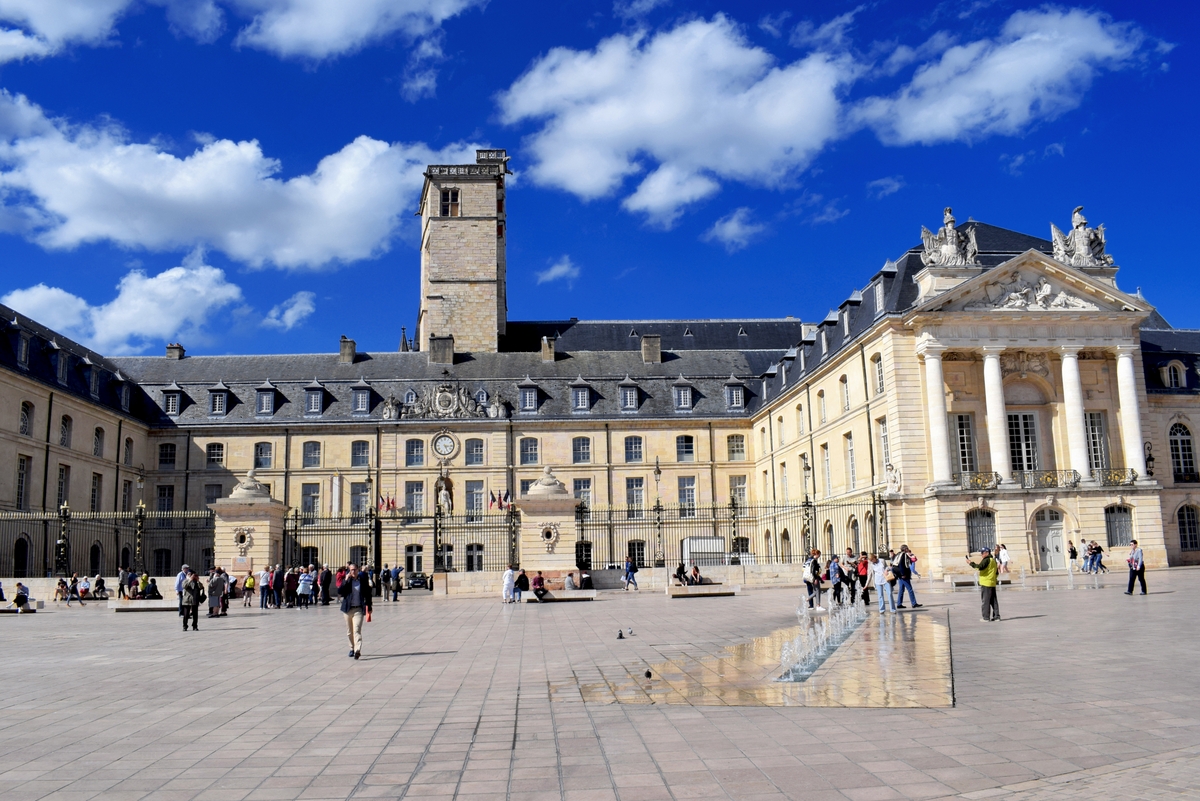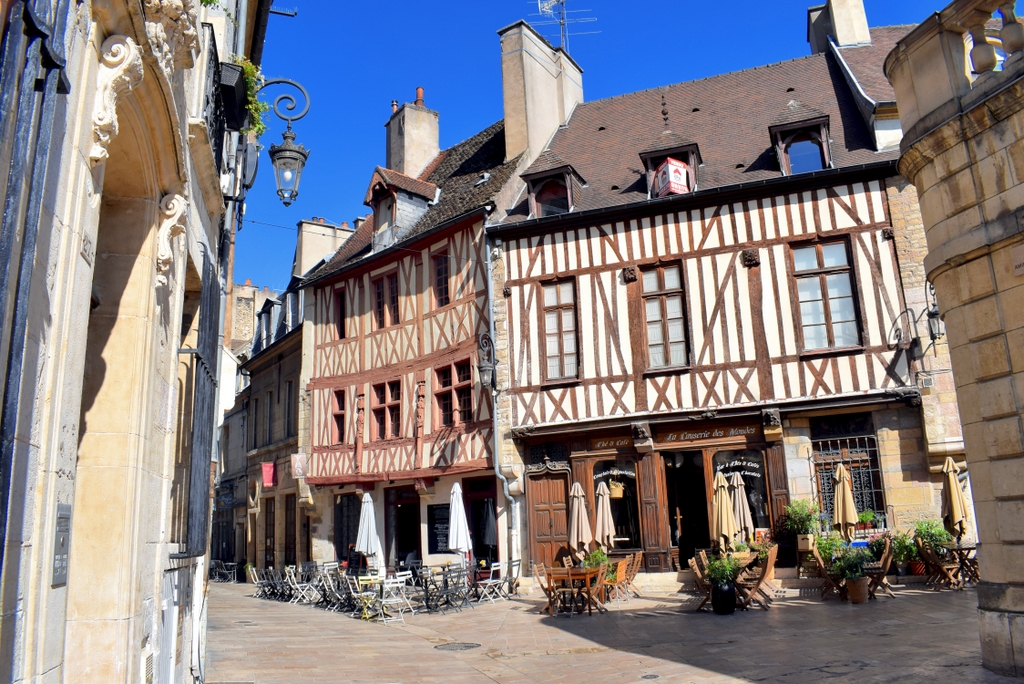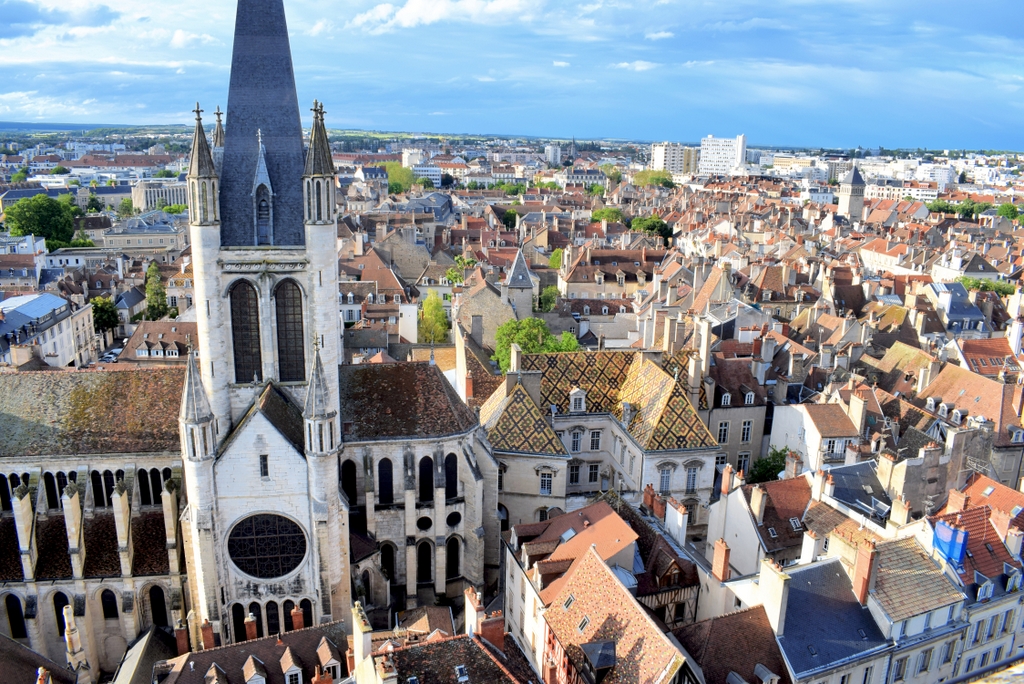On the 4th July the city of Dijon in Burgundy received great news when it was revealed that its historic centre was granted World Heritage status by Unesco.

In close relation to the wine climate of Burgundy, the historic centre of Dijon has been listed as a World Heritage site by Unesco. As well as the historic centre of Dijon, Unesco listed the fields that grow vines on the slopes of the Côte de Nuits and the Côte de Beaune in the Côte d’Or département, Burgundy.
Burgundy wine has been produced from the High Middle-Ages and Dijon was a trading centre from where the wine activity was managed.
Dijon is the capital of Burgundy, an ancient province in France. The town has kept many marks of its rich pasts in churches, palaces, townhouses and monuments.

Some of the monuments and places to see in Dijon are:
- The Palace of the Dukes of Burgundy and the view from the top of the Philippe le Bon Tower.
- St. Bénigne Cathedral (a Gothic sanctuary built between 1280 and 1393).
- Notre-Dame Church (built in the 13th century, it features a remarkable western façade and a famous clock with a jacquemart).
- St. Michel Church (a beautiful Renaissance church from the 16th century)
- The many Renaissance town-houses and their Burgundian-style roofs.
- The narrow old streets such as rue Verrerie bordered with half-timbered houses from the 15th century.
It is believed that each new inclusion on the Unesco list further boost the local economy by drawing 20 to 25% additional visitors. Dijon is easily accessible by TGV from Paris-Gare de Lyon and from Strasbourg and Lyon for a weekend visit.




